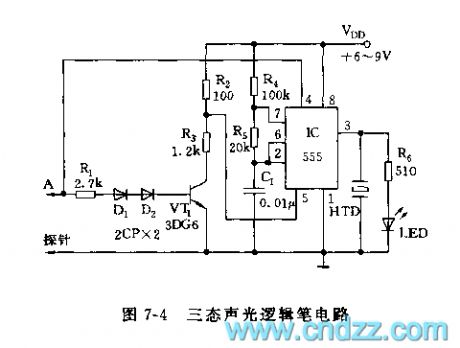
So, the truth table of this 3 line to 8 line decoder is shown below. The selection of 8 outputs can be done based on the three inputs.

Here the inputs are represented through A, B & C whereas the outputs are represented through D0, D1, D2…D7. In 3 to 8 line decoder, it includes three inputs and eight outputs. 3 Line to 8 Line Decoder using Logic Gates So, these outputs are the higher 8 minterms. In the above decoder, the A3 input is connected to enable the pin to obtain the outputs from Y15 – Y8. Here the compliment of A3 is given to enable the pin of the decoder to obtain the outputs like Y7 to Y0. The parallel inputs like A2, A1 & A0 are given to 3 lines to 8 line decoder. Here, the block diagram is shown below by using two 2 to 4 decoders. So, for implementing a single 3 to 8 decoder, we need two 2 lines to 4 line decoders. The number of o/ps for higher-order decoder is ‘m2’įor instance, when m1 = 4 & m2 = 8, then substitute these values in the above equation. The number of o/ps for the lower-order decoder is ‘m1’ The number of lower-order decoders required is m2/m1 The following formula is used to implementation of higher-order decoders with the help of low order decoders So, in 3 lines to 8 line decoder, it includes three inputs like A2, A1 & A0 and 8 outputs from Y7 – Y0. We have discussed above that 2 to 4 line decoder includes two inputs and four outputs. The implementation of this 3 line to 8 line decoder can be done using two 2 lines to 4 line decoders. Logic Diagram of 2 to 4 Decoder 3 Line to 8 Line Decoder Implementation Likewise, 3 line to 8 line decoder generates eight minterms for 3 input variables of A0, A1 & A2.

If enable is zero, afterward all the decoder’s outputs will be equivalent to zero. Thus, this decoder’s output is nothing but the minterms of inputs and enable is equivalent to 1.

The 2 to 4 decoder logic diagram is shown below. So the four product terms can be implemented through 4 AND gates where each gate includes 3 inputs as well as 2 inverters. The boolean expression for every output isĮvery output of this decoder includes one product term. The main difference between a decoder and a demultiplexer is a combinational circuit that is used to allow only one input as well as direct it into one of the outputs, whereas a decoder allows several inputs and generates the decoded output.
#Circuit coder tri state code#
The main function of a decoder is to change a code into a set of signals because it is opposite to an encoder, but the designing decoders is simple. The circuit shows the 1 to 2 demultiplexer schematic. The below is the truth table for 1 to 2 demultiplexer with “I” as input data, D0 and D1 are the output data line and A is the selection line. A decoder is used to select among many devices whereas a demultiplexer is used to send the signal to many devices. DemuxĭEMUX is used when the circuit wishes to send the data signal to one of the many devices. A DEMUX gives ‘2n’ outputs for ‘n’ selection lines with a single input.
#Circuit coder tri state serial#
A DEMUX converts the input serial data line into output parallel data. It is also called as a DEMUX or a data distributor. It is the reverse process of a multiplexer. A demultiplexer takes one single input data and then selects any one of the single output lines one at a time. 1 to 2 Decoder CircuitĪ demultiplexer is a device that takes a single input and gives one of the several output lines. The circuit shows the 1 to 2 decoder logic.


 0 kommentar(er)
0 kommentar(er)
